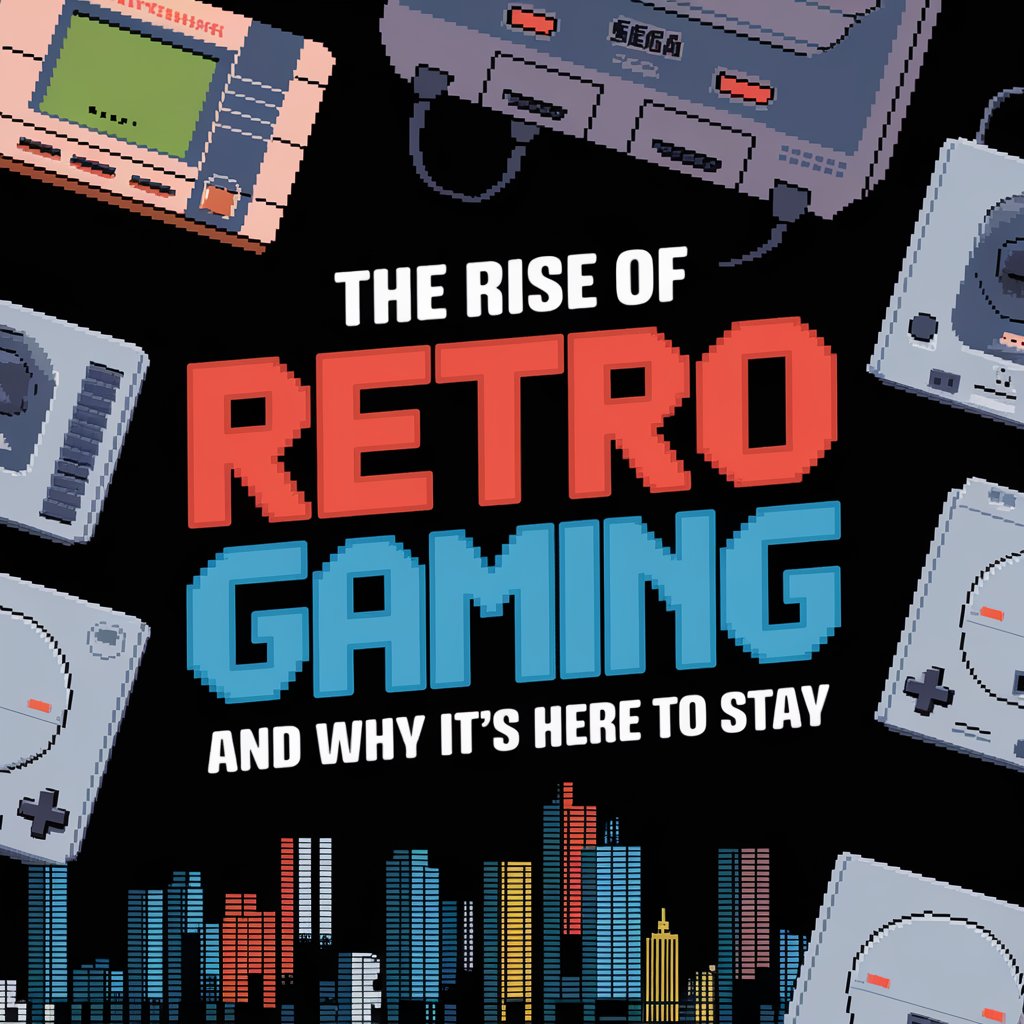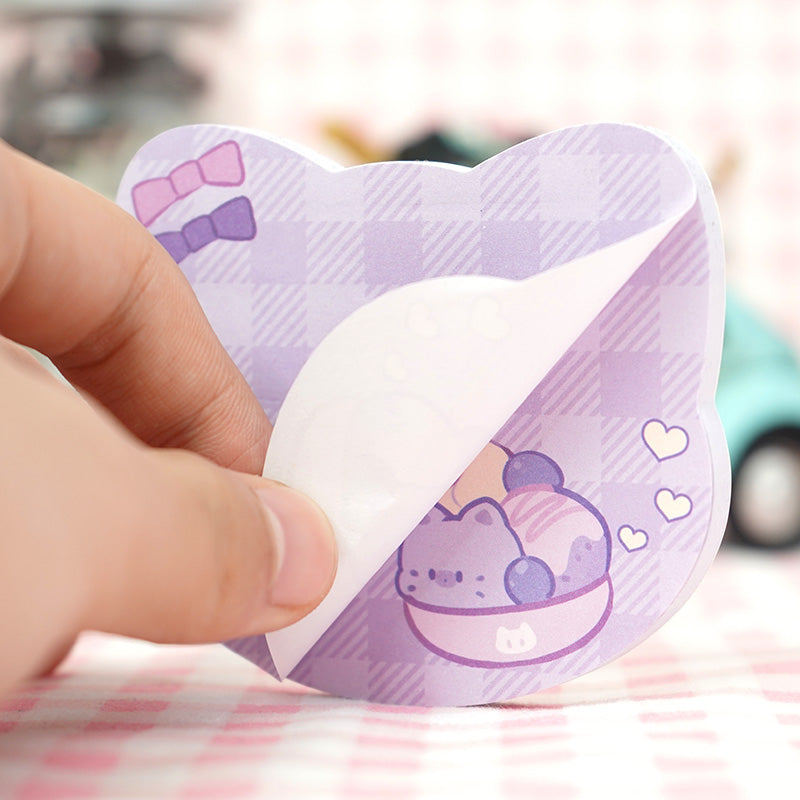Retro gaming has never felt more alive. You see old consoles in living rooms and cafes, and you spot pixel-inspired merch in stores. Even folks who weren’t around when these games first launched want to try them. In my opinion, there’s something special about sliding in a cartridge (if you still have one) or running an emulator and playing a platformer from decades ago. It’s not just about nostalgia; it’s about rediscovering designs that still feel fresh. Here’s how retro gaming found its renewed spotlight and why it isn’t likely to fade.
The Early Roots of Retro Gaming
When people say “retro gaming,” they usually refer to the 70s, 80s, and 90s. Think Atari 2600, NES, or Sega Genesis. Those machines introduced many of us to home gaming. The idea that you could skip the arcade and play at home felt groundbreaking at the time.
Developers had limited memory and processing power, so they had to get creative. Games were built around tight gameplay loops, pixel art, and chiptunes. That’s why names like Space Invaders, Super Mario, and Sonic still have power. These classics weren’t flashy by today’s standards, but they drew people in because they were focused on mechanics over looks.
Then came the internet. Suddenly, anyone could download emulators and run old games on a PC. This opened the floodgates. People started sharing stories about the games they used to love, which sparked interest in cartridges and hardware that had been collecting dust in closets. Online forums popped up, full of enthusiasts eager to trade tips, ROMs, or rare finds. It wasn’t long before some collectors realized their old titles might be more valuable than they thought.
Why Retro Games Still Pull Us In
One big question is: why, when modern games offer advanced graphics and cinematic storytelling, do we go back to pixel art and 8-bit sound? There are a few answers.
- Simplicity. Older games often have immediate controls and lean plots. You can pick up and play without combing through tutorials or reading a giant manual.
- Challenge. Retro titles can be tricky. Think of Contra or Ghosts ‘n Goblins. They demand practice and quick reflexes. That difficulty can feel rewarding when you finally conquer a tough level.
- Art and Music. Pixel graphics have a timeless charm, and the chiptunes stay in your head. The limitations of the hardware forced developers to be inventive with design and sound.
- Nostalgia. Many folks just want to revisit the experiences they had as kids. But it’s not only older gamers. Younger players get curious when they see retro games referenced in pop culture or hear about them from friends.
There’s also this sense of community in the retro scene. People swap tips, challenge each other’s high scores, or meet up at conventions. There’s a fun vibe that spans generations. I’ve sometimes had more fun with a basic 2D platformer than a giant open-world quest that demands 50 hours of my life.
Collecting, Preserving, and Modern Revivals
Over the years, bigger companies noticed the retro craze. They realized they could repackage older games into new devices. That’s how the NES Classic Edition or the Sega Genesis Mini were born—tiny consoles loaded with a selection of titles. These products sold out fast, showing that interest was higher than expected. Some fans grumbled about the limited number of units, but that didn’t stop people from buying or reselling them at higher prices online.
Meanwhile, digital storefronts began offering classic games on modern consoles, letting folks buy old favorites for a few bucks. PC services also jumped in, putting out retro collections that include everything from 8-bit shooters to 16-bit platformers. So even if you never owned the original hardware, you could discover these classics without spending too much or hunting down rare cartridges.
Then there’s the collector’s market. Some people want the authentic experience of playing on original consoles. They track down certain variants of hardware or games still wrapped in plastic. Prices can get ridiculous—there are stories of sealed games selling for thousands. But for these collectors, it’s about preserving history. If those cartridges are lost or destroyed, those games might vanish, too.
It’s not just collectors who are passionate. A whole crowd of folks want to keep the hardware alive. Old consoles can break down, and parts are scarce. So you’ll find communities dedicated to replacing failing components, modding consoles with better video outputs, and making adapters that let you use wireless controllers on your SNES or Sega Saturn. It’s a labor of love aimed at keeping these machines functional well into the future.
Arcades and Physical Spaces
Retro gaming isn’t only about consoles. In the 80s and early 90s, the arcade was the heart of gaming culture. You’d gather with friends, feed quarters into machines, and do your best to put your initials on the high-score screen. Over time, arcades faded in many places, replaced by home consoles and online play.
But in recent years, “barcades” have started popping up. These are bars or restaurants mixed with classic arcade cabinets and pinball machines. You can sip a drink while smashing buttons on an old-school beat ‘em up or trying to beat your friend’s high score in Pac-Man. Some people see it as a novelty, but others say it’s a unique kind of fun you can’t replicate at home. There’s a physical aspect—standing at a cabinet, feeling the joystick, and hearing the buzz of nearby machines—that brings back a sense of community.
Looking Forward
So, will this fascination with retro gaming ever fade? In my opinion, probably not. Gamers of all ages find something to love in these classic titles. Older folks get a dose of nostalgia. Younger players discover surprisingly addictive and focused gameplay. Collectors hunt for the rarest gems, and indie developers keep making new pixel-style games inspired by the old. It’s a self-sustaining cycle. Every few years, another generation will start calling older consoles “retro” and will want to try them out for the first time.
The definition of “retro” will keep shifting. Today, we think of 2D consoles from the 80s and 90s. Tomorrow, people might be nostalgic for the first Xbox or Wii. It doesn’t matter if it’s 8-bit or 3D—there will always be a desire to replay and preserve games from earlier eras.
Retro gaming isn’t just a relic of the past. It shows that good ideas stand the test of time. These games also connect people across age groups, and they remind us of what gaming felt like when it was new to us. The technology might keep moving forward, but there’s comfort in going back to those simpler experiences once in a while.
And that’s why retro gaming is here to stay. It’s more than a passing phase. It’s part of our cultural and digital heritage, a space where old meets new in a friendly way. Whether you’re rummaging through a dusty box in your attic or downloading a beloved classic from an online store, retro gaming offers something real—something that’s not just about nostalgia, but about enjoying the roots of what made gaming so compelling in the first place.






